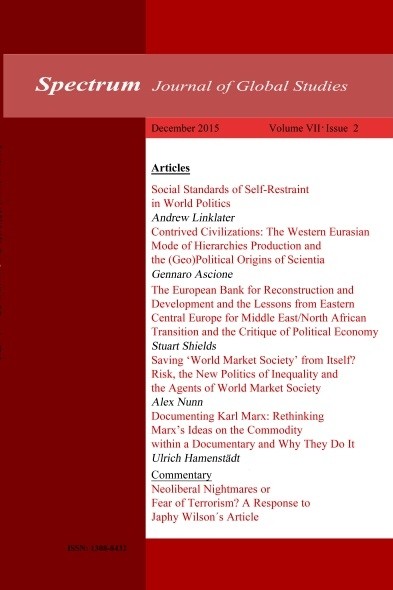The Periphery in the Present International Crisis: Uneven Development, Uneven Impact and Different Responses
The Periphery in the Present International Crisis: Uneven Development, Uneven Impact and Different Responses
The present crisis has started in the core economies – particularly the USA and UK – and has affected all of the periphery. However, the impact of the crisis on the periphery has been very uneven. While China still recorded strong growth, some East European economies collapsed. The very uneven impact of the crisis has its roots in differing pre-crisis models of accumulation and different forms of insertion into the international economy. The article will highlight the links between pre-crisis models of accumulation, transmission channels of crisis and crisis processes in the periphery. After providing a theoretical framework on models of accumulation, it will analyse three development models and the impact of the present crisis on them: dependent financialisation (Eastern Europe/Turkey), raw material export-orientation (Sub-Saharan Africa, Middle East), export industrialisation (China), raw material exports plus inward looking industrialisation (Argentina/Brazil). Thus, the focus will be primarily on the partially industrialised semi-periphery.
Keywords:
Dependent Financialisation, Crisis Models of Accumulation, Export Industralisation, In-ward Industralisation Uneven Development,
- ISSN: 1308-8432
- Başlangıç: 2009
- Yayıncı: Dış Politika ve Uluslararası İlişkiler Derneği
